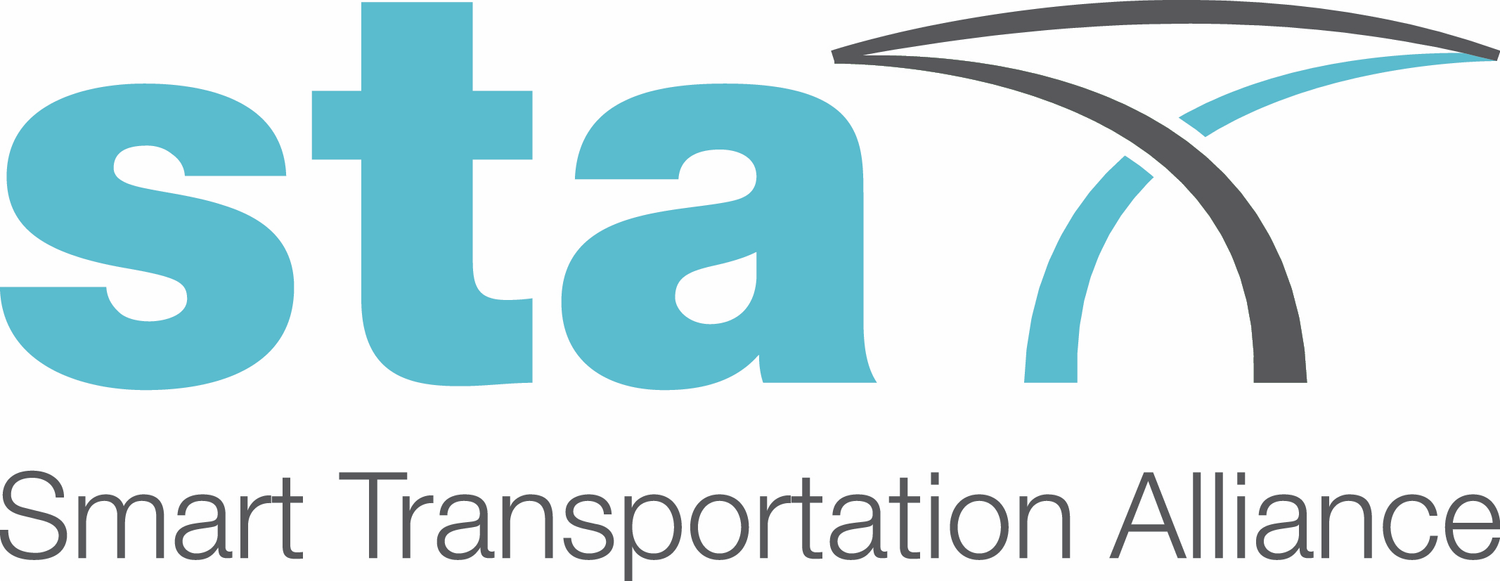STA Newsletter
Issue # April 2017
A bi-monthly online journal providing news and background about activities undertaken by STA with a view to improving the methods, technologies and standards associated to transportation infrastructures.
Business models for Smart Cities – Discussion Paper 1/2017 published
21 April 2017
The ‘smart city’ concept has been gaining popularity over the last few years for several reasons. First, the world population living in urban areas is experiencing a relentless growth. Second, information and communication technologies (ITC) are booming as sensors and radio frequency identification (RFID) are getting cheaper. Third, the irruption of the smartphone had facilitated transferring and receiving real-time information to and from almost everyone and everywhere. And fourth, cities provide a large amount of services that consume a lot of natural resources and energy thereby having a great impact on the economy, the environment, and the quality of life.
This paper, authored by Prof. José Manuel Vassallo of the Technical University of Madrid, discusses the main challenges of putting into effect models that may contribute to speed up smart city solutions.
Major coverage of the HIPEBA project in Spanish news
03 April 2017
The Spanish public television La1, the private Spanish channel Cuatro and El Norte de Castilla newspaper have covered a real scale demonstration of safety barriers crash test resulting from the the latest findings of the HIPEBA Consortium research. The test, carried at the CIDAUT Foundation facilities, shows a 44 tones truck impacting the road safety barriers at a speed of 70 km/h.
STA launches its member-only Intelligence Report
26 April 2017
STA launched the first issue of its Intelligence Report, a monthly gazette that will be circulated exclusively to STA's Members.
The Intelligence Report complements our STA In Action and Smart Transportation monthly journals and is structured in four main sections: News, Funding, Reports & Publications and Events. Each sections provides STA's Members with relevant updates on transportation infrastructure innovation across modes and the Smart City.
frontierCities2 Consortium meets in Brussels
10 April 2017
The frontierCities2 Consortium Meeting was held on 10 April 2017. The partners discussed about the ongoing calls for proposals launched by the Consortium and which have already received hundreds of applications from most of the EU member states and some H2020 associated countries.
“
There is a need to establish a global framework for road safety infrastructure.
”
NEWS OF INTEREST
Self-driving cars vs. American roads: Will infrastructure speed bumps slow down the future of transportation?
It was an embarrassing moment for Los Angeles Mayor Eric Garcetti. What should have been a public demonstration of Swedish carmaker Volvo’s latest technology turned into an example of how self-driving cars depend on well-maintained infrastructure.
During the test drive at last year’s Los Angeles Auto Show, Volvo’s North American CEO, Lex Kerssemakers, lost his Scandinavian cool after the prototype vehicle carrying the two men inched forward nervously in fits and spurts. The test vehicle’s onboard cameras were unable to collect enough visual data to signal the car so it could move forward smoothly.
Europe expected to hold the largest share in smart transportation by 2021 say researchers
According to a new market research report from MarketsandMarkets, Europe is expected to hold the largest share of the smart transportation market, which is expected to grow from US$72.05 billion in 2016 to US$220.76 billion by 2021.
The major drivers for an upsurge in demand for smart transportation include the rising requirement for integrated security and safety to enhance public safety and government initiatives to incorporate smart technologies into the existing transportation infrastructure.
New smart system to reduce queues at roundabouts
Long queues at certain approaches to some roundabouts could be reduced using magnetic detection devices under the road surface that would activate a traffic metering signal at another, less congested approach. Researchers at the Universitat Politecnica de Valencia (Spain) have released a guide for technicians to implement this intelligent traffic system, already used on roundabouts in Australia and on various highway on-ramps.
Roundabouts allow for motorists to cross intersections without the need to stop before crossing safely and efficiently. However, where traffic flows are not balanced, there can be delays and long queues of vehicles at certain roundabout approaches, infuriating motorists.
How can transport infrastructure promote trade and sustainable development on the African continent?
Africa’s structural transformation and inclusive green growth, which are pre-conditions for reaching most of the SDGs, are hampered by a range of natural and man-made constraints. The latter constitute serious obstacles to deeper regional integration and are linked to the fact that Africa is divided into 54 economic spaces, including many landlocked (16) and least developed countries (34). These countries are further scattered across more than 30 overlapping sub-regional and regional organisations – what some experts have come to call a “spaghetti bowl”.
SMEV: an innovative system to improve emergency responses in Smart Cities
SMEV (Smart Emergency Vehicles) is an ITS Cooperative System that changes the way of addressing emergency responses in Smart Cities. SMEV provides an open path to emergency services by i) clearing junctions from disturbing traffic, and ii) reorganising traffic dynamics in real time in the area surrounding the route to an incident.
A future-proof Internet-of-Things solution, SMEV is just consisted of a backend software installed at the Traffic centre and a private mobile app for emergency vehicle drivers.
The system, successfully deployed in 50+ traffic lights in Germany, has been able to reduce emergency services travel times by 35%, accident costs by 75% and CO2 emissions by 15%.
A full explanation of SMEV features is available at this Thinking Highways technical article.









